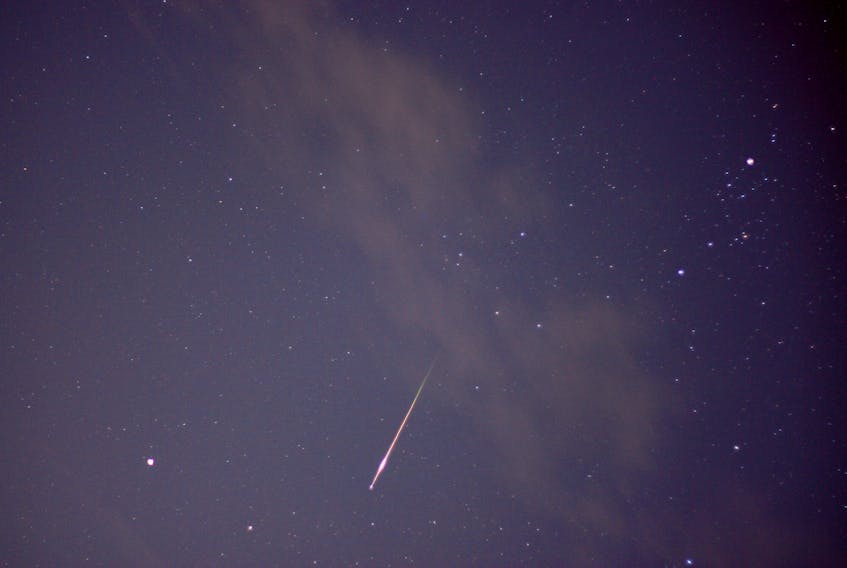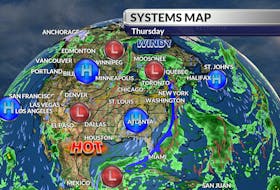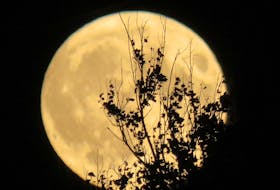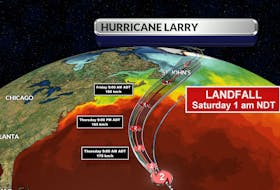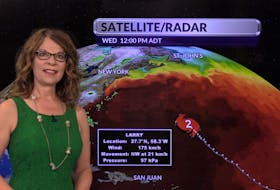Now and again, a celestial event steals the show; last month, it was Comet NEOWISE. I hope you managed to sneak a peek because the once-in-our lifetime comet won’t come around again for almost 7,000 years.
This week, a tried and true event will grace the night sky. It won’t be as splashy as the comet, but it's worth checking out. It’s time for the annual Perseid meteor shower.
The Perseids are one of the brightest meteor showers of the year. They are made of tiny space debris left behind by the Comet Swift-Tuttle, and named for the constellation Perseus. They come around every year between July 17 and August 24. This year, the Perseid shower is expected to be at or near its peak on August 11, 12 and 13.
Video courtesy of Steve Currie, who captured this fireball with his dash cam in Bible Hill on Aug. 11.
While an occasional Perseid meteor might catch your attention shortly after evening twilight, the prime viewing hours are from about 11 p.m. until the first light of dawn. This is when the shower's “radiant,” or perspective point of origin, is high up in the sky. The higher the radiant, the more meteors appear all over the sky. Having said that, moonlight will somewhat mar this year’s production; on the peak mornings this year, the moon will be at or slightly past its last quarter phase.
I would try my luck in the evening. There are no guarantees, but the evening hours might offer you an Earth-grazer - a long, slow, colourful meteor travelling horizontally across the evening sky. Earth-grazer meteors are rare but memorable. Perseid Earth-grazers appear before midnight, when the radiant point of the shower is close to the horizon.

Perseids can appear anywhere and everywhere in the sky, so the best direction to watch is wherever your sky is darkest - usually straight up. Faint Perseids appear as tiny, quick streaks. Occasionally, brighter ones can sail across the heavens for several seconds and leave a brief train of glowing smoke; a few can be as bright as Venus.
To enjoy the Perseids, you don't need any special equipment – only your eyes. Find a dark spot with a wide-open view overhead. Bring a reclining lawn chair or a blanket so you can lie back and watch the sky in comfort. Relax, be patient, and let your eyes adapt to the dark. With a little luck, you'll see a 'shooting star' every minute or so. Don't forget to make a wish!
- Want more weather information? Visit your weather page.
- Have a weather question, photo or drawing to share with Cindy Day? Email [email protected]
Cindy Day is the chief meteorologist for SaltWire Network

